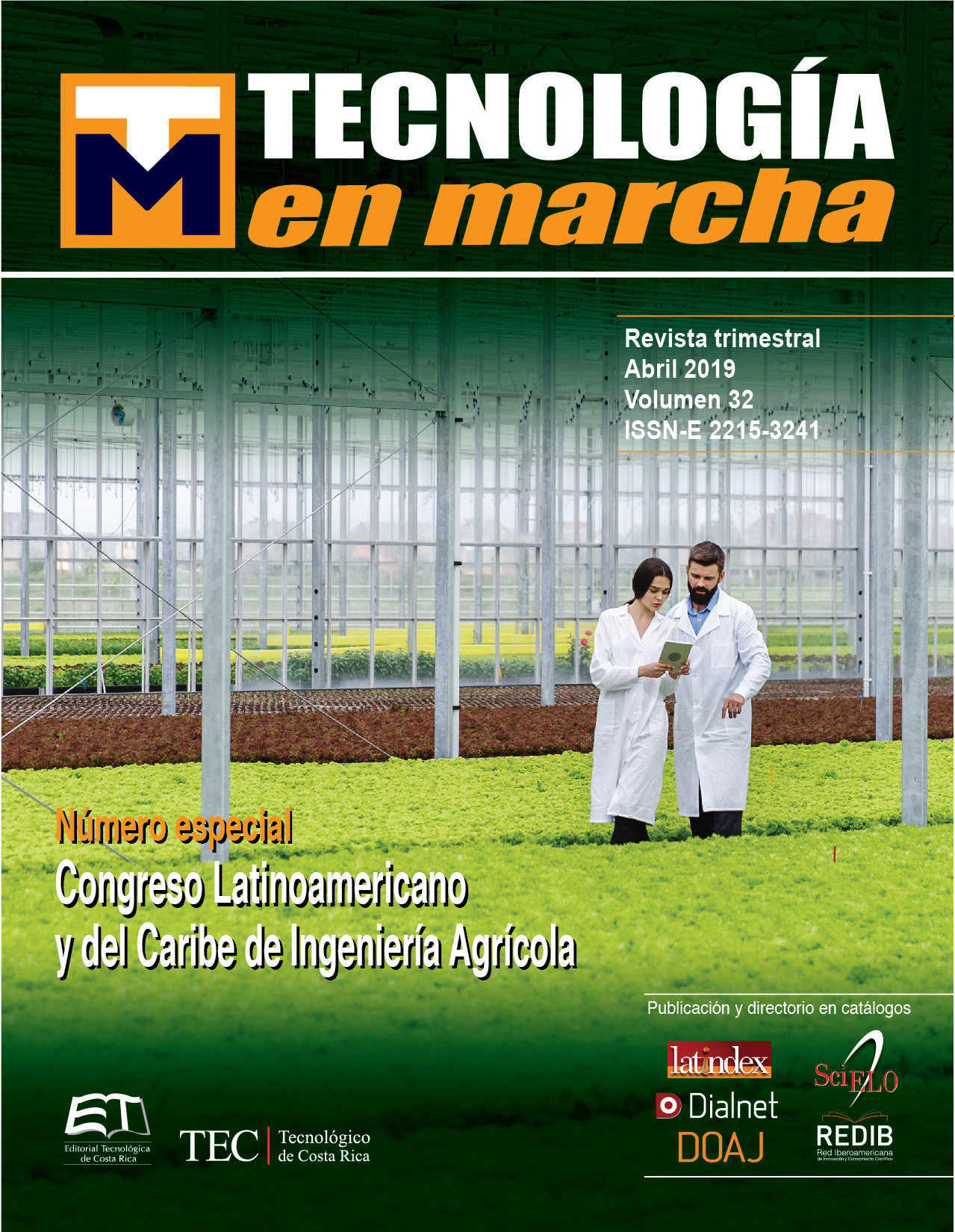Study of economic and commercial feasibility for the prototype of an agave harvester
Main Article Content
Abstract
Researchers from the University of Guanajuato have created a prototype of agave chopper harvester machine; this machine turns out to be unique in its type, since there is no similar machine at present, which generates uncertainty in terms of economic viability, segmentation of market, and cost benefit with respect to the traditional agave harvest method. It was necessary to carry out a study, to verify the economic viability of the machine, and compare it against the current agave manual harvesting (Jima). The possible segmentation and its variables were carried out and the possible marketing channels and the potential market for the harvesting machine were determined. The results show that there is a market for the harvester machine in the tequila processing industry and to a lesser extent in the biofuel processing industry, in both cases there is a potential market to market 125 machines per year between both sectors. The mechanized harvest of agave turns out to be more economical at $ 2,770/ha approximately, when comparing the costs against the manual harvest. It also shows a clear and broad target market with a total of more than 250 potential customers among tequila manufacturers, manufacturers of agricultural machinery and industrial agave products, these only in Mexico, which is considered a good trade capacity .
Article Details
Los autores conservan los derechos de autor y ceden a la revista el derecho de la primera publicación y pueda editarlo, reproducirlo, distribuirlo, exhibirlo y comunicarlo en el país y en el extranjero mediante medios impresos y electrónicos. Asimismo, asumen el compromiso sobre cualquier litigio o reclamación relacionada con derechos de propiedad intelectual, exonerando de responsabilidad a la Editorial Tecnológica de Costa Rica. Además, se establece que los autores pueden realizar otros acuerdos contractuales independientes y adicionales para la distribución no exclusiva de la versión del artículo publicado en esta revista (p. ej., incluirlo en un repositorio institucional o publicarlo en un libro) siempre que indiquen claramente que el trabajo se publicó por primera vez en esta revista.

